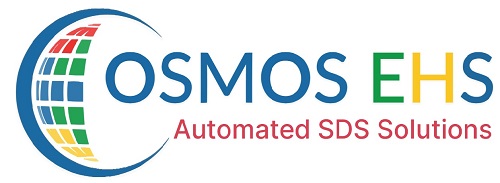Safety Data Sheets (SDS) are an essential tool for hazard communication in workplaces where hazardous chemicals are used. Here’s a guide to understanding and utilizing SDS effectively for hazard communication:
1. Understanding SDS Format
Familiarize yourself with the standardized format of SDSs, which typically include sections such as identification, hazards identification, composition, first-aid measures, fire-fighting measures, accidental release measures, handling and storage, exposure controls, physical and chemical properties, and regulatory information.
2. Access and Availability
Ensure that SDSs are readily accessible to employees who may be exposed to hazardous chemicals in the workplace. Make SDSs available in both digital and hard copy formats, and provide access to SDSs for all chemicals used or stored on-site.
3. Interpretation
Train employees on how to interpret SDSs effectively. Teach them to identify key information such as hazard classifications, precautionary measures, first-aid instructions, and safe handling procedures.
4. Chemical Inventory
Maintain an up-to-date inventory of all hazardous chemicals used or stored in the workplace. Cross-reference SDSs with the chemical inventory to ensure that SDSs are available for all chemicals present.
5. Training and Education
Provide comprehensive training and education on the hazards associated with the chemicals used in the workplace. Include SDS interpretation as part of employee training programs to ensure that workers understand the risks and how to mitigate them.
6. Emergency Preparedness
Incorporate SDSs into emergency response plans and procedures. Ensure that emergency responders have access to SDSs for all hazardous chemicals to facilitate prompt and effective response in the event of spills, leaks, or exposures.
7. Risk Communication
Use SDSs to communicate chemical hazards to workers effectively. Emphasize the importance of reading and understanding SDSs as part of the overall risk communication strategy in the workplace.
8. Compliance with Regulations
Ensure compliance with regulatory requirements governing the use and dissemination of SDSs. Familiarize yourself with relevant regulations such as the Occupational Safety and Health Administration (OSHA) Hazard Communication Standard and ensure that SDSs meet regulatory standards.
9. Review and Updates
Regularly review and update SDSs to reflect changes in chemical composition, hazard information, or regulatory requirements. Establish procedures for obtaining updated SDSs from suppliers or manufacturers and disseminating them to relevant personnel.
10. Documentation and Record-Keeping
Maintain accurate records of SDSs and document any changes or updates. Keep records of employee training on SDS interpretation and hazard communication efforts.
By following these guidelines, organizations can effectively utilize Safety Data Sheets for hazard communication, promote workplace safety, and ensure compliance with regulatory requirements.
